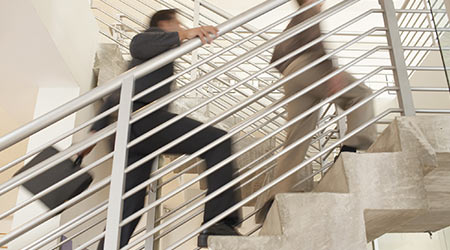
Overcoming Obstacles To Smart Buildings
March 16, 2017
Although powerful smart-building capabilities exist, obstacles remain to their wider use.
As David Wilts, associate principal at ARUP, points out, “Smart is not in everyone’s design vocabulary. People are still using return on investment as an excuse not to build smart, high performance buildings. They do not understand that it often can be done for the same first cost, if you know how to do it. In some cases, the building automation systems capabilities are just sitting there, waiting to be tapped, especially in existing buildings.”
In other words, getting a smart, high-performance building should not cost more. “The idea is to get that data exchange between building systems working together to achieve the highest performance possible,” says Wilts.
Indeed, gee-whiz technology isn’t the place to start thinking about smart buildings. “Basically, there’s not a single technology to buy,” says Shaun Klann, vice president of Intelligent Buildings LLC. “It’s more about developing a comprehensive strategy that will determine the order in which the technology puzzle pieces will be assembled. The strategy needs to consider your prioritization of sustainability, energy, and occupant experience goals, and this strategy will impact the appearance of the assembled puzzle.” That strategy will help determine the order of integration the building subsystems’ puzzle pieces.
Paul Erhlich, president of Building Intelligence Group LLC, observes that when smart building approaches are applied in existing buildings, energy savings can be substantial.
A large airport is undergoing a major retrofit, integrating many building subsystems, including power and Btu monitoring, jet bridges, and cooling systems across all its terminals. According to Ehrlich, “they are expecting to see benefits in energy savings, as well as operational advantages and enhanced comfort of occupants and tenants.”
Ehrlich sees changes in the ways high-performance buildings interact with utility electrical grids. “When the grid and buildings work together for demand response situations, high-performance buildings can cycle up or down more frequently and quickly,” Ehrlich says.
This quick read is from Rita Tatum, contributing editor for Building Operating Management. Read more from her about smart buildings.
Next
Read next on FacilitiesNet












